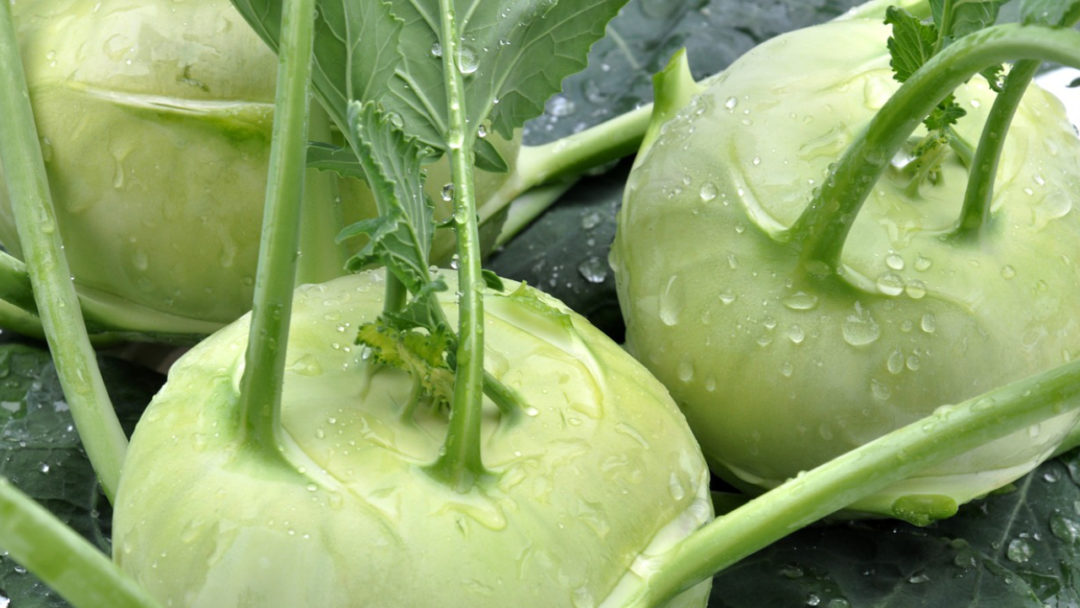The pumpkin, which many of us in the past perceived only as a bizarre substitute for pineapple in the form of compote, has now become a common ingredient in our kitchen due to the growing interest in a healthier lifestyle.
The pumpkin is actually a fruit, but we have become accustomed to classifying it as a vegetable (just like tomatoes, for example). There are dozens of types of pumpkins in the world, all originating from Central America, from where they spread worldwide. One of the most popular pumpkins, at least in our region, is the Hokkaido pumpkin for its sweet nutty flavor and the possibility of consuming it with the skin, which is soft unlike other pumpkins. Consumption brings a number of health benefits.
The pumpkin is not particularly energy-dense, but in addition to a good load of vitamins and minerals, it also contains a number of compounds that support our good health. The pumpkin contains antioxidants such as alpha-carotene, beta-carotene, and beta-cryptoxanthin, which help neutralize free radicals and prevent cell damage.
Laboratory studies and animal studies have shown that these antioxidants protect the skin from sun damage and reduce the risk of cancer, eye diseases, and other illnesses. The pumpkin is high in vitamins A and C, which can help strengthen our immune system. Lutein and zeaxanthin prevent age-related macular degeneration and cataracts. The pumpkin is also a good source of potassium, vitamin C, fiber, and antioxidants, which are associated with heart health benefits.
In the kitchen, the pumpkin is a versatile ingredient and easily incorporated into our diet, both in sweet and savory dishes. We can make excellent soup, roasted side dishes, puree, risotto, or add it to potato gnocchi. Similarly, we can use pumpkin in baking pies, making puddings, or pancakes. And let’s not forget the pumpkin seeds, which we can roast and add to salads or soups.





